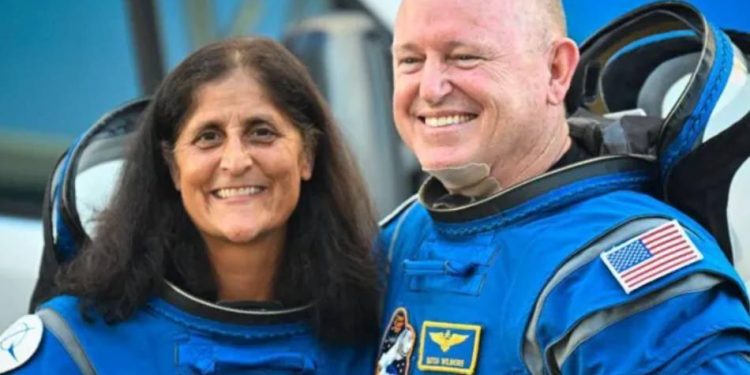Two Nasa astronauts who have been stuck in space for over two months will return to Earth in February 2025 with SpaceX.
Nasa said the Boeing Starliner spacecraft the astronauts Sunita Williams and Barry Wilmore had travelled to International Space Station (ISS) on would return to Earth “un-crewed”.
The pair took off on what was planned to be an eight-day mission on 5 June but will now spend around eight months in orbit.
The Starliner experienced problems on its way to the ISS, including leaks of helium, which pushes fuel into the propulsion system. Several thrusters also did not work properly.
Boeing and SpaceX were both awarded billion-dollar contracts by Nasa to provide commercial space flights for its astronauts. Boeing’s was worth $4.2bn (£3.18bn) while SpaceX, which was founded by billionaire Elon Musk, got $2.6bn.
SpaceX has so far sent nine crewed flights to space for Nasa, as well as some commercial missions, but this was Boeing’s first attempt at a crewed mission.
Engineers at Boeing and Nasa have spent months trying to understand the technical issues with the Starliner craft.
They have been carrying out tests and gathering data, both in space and back on the Earth. Their hope was to pin down the root of the problems and find a way to return the astronauts home safely on Starliner.
Speaking at a press conference on Saturday, Nasa Administrator Bill Nelson said Boeing has been working closely with Nasa to understand what improvements need to be made to the spacecraft.
The decision has been made to extend the pair’s stay on the ISS until February 2025 so they can return on a SpaceX Crew Dragon spacecraft.
The extra time allows SpaceX to launch its next vehicle, with lift-off scheduled for the end of September.
It was supposed to have four astronauts on board, but will instead travel to the space station with two. This leaves room for Mr Wilmore and Ms Williams to join them in the vehicle to return to Earth at the end of its planned mission next February.





